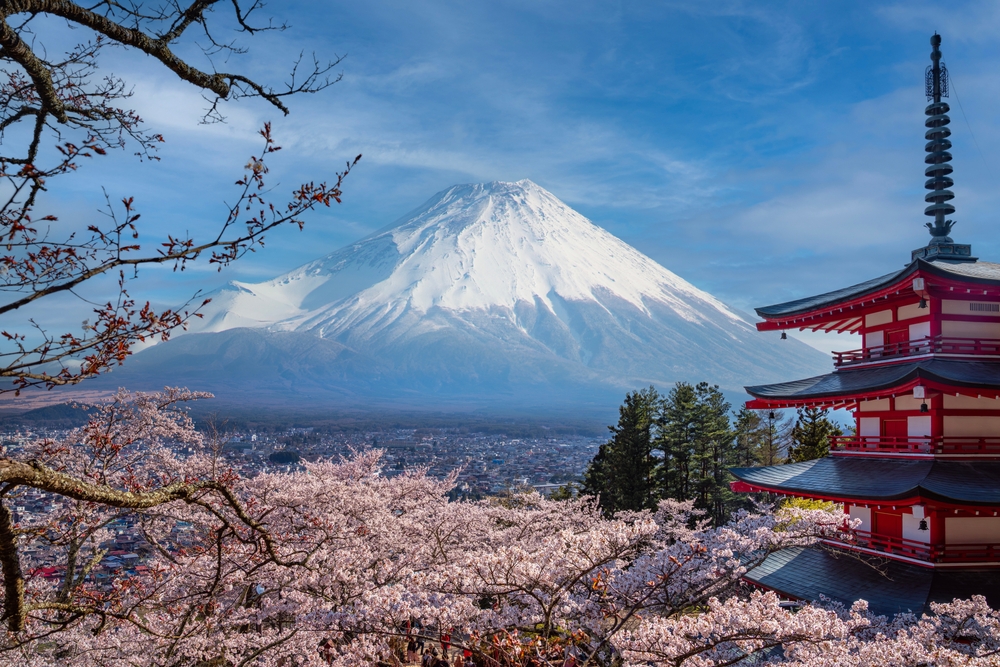Mount Fuji, Japan’s most iconic peak and a UNESCO World Heritage site, is taking serious steps to address overtourism and safety concerns. In 2025, climbers will face new rules: a higher fee, a daily visitor cap, and even a short test. These changes reflect Japan’s growing struggle to manage tourism while preserving its national treasures.
Mount Fuji’s Transformation: From Sacred Site to ‘Trash Mountain’
Mount Fuji has long symbolized Japan’s natural beauty and spiritual heritage. But in recent years, the growing influx of hikers—many underprepared—has turned the mountain into what locals now call a “trash mountain.” The effects of this strain are not just environmental; they’re also a matter of safety.
Governor Koutaro Nagasaki of Yamanashi Prefecture said last year, “By strongly promoting comprehensive safety measures for climbing Mount Fuji, we will ensure that Mount Fuji, a treasure of the world, is passed on to future generations.”
New Climbing Fees and Limits for 2025
Beginning in July 2025, climbers must pay a 4,000 yen (approximately $27 USD) permit fee—double the amount charged in 2024. Before that, only a suggested donation of 1,000 yen was requested. Additionally, access to the mountain will be limited to 4,000 climbers per day, with mandatory online reservations.
These changes aim to reduce congestion and encourage more responsible behavior among tourists, especially those who attempt to climb in unsafe conditions or without proper gear.
Safety First: Mandatory Classes and Testing
In a bold move, Shizuoka Prefecture—home to three of Mount Fuji’s four main trails—has added another layer of protection: education. All hikers must now attend a brief class covering mountain safety and trail rules, followed by a short test to prove they understand the guidelines.
This policy responds to numerous emergencies caused by ill-equipped hikers wearing flip-flops or failing to bring adequate water and gear.
No Overnight? No Entry After 2 p.m.
Mount Fuji will now close to non-lodge guests between 2 p.m. and 3 a.m. daily to deter dangerous last-minute hikes. During these hours, those not staying in designated mountain huts will be turned away. These huts, located along the trails, offer overnight shelter for those who plan to summit at sunrise—an increasingly popular goal for many climbers.
Japan’s Widening War on Overtourism
Mount Fuji isn’t alone. Across Japan, famous tourist destinations are adopting crowd-control measures. Hiroshima’s Itsukushima Shrine began charging entry in 2023. In Otaru, a snowy hot springs town, security guards now manage unruly winter visitors.
Tourist misbehavior is a global issue. From a baby wombat snatching in Australia to bizarre behavior on airplanes—including biting and clogged toilets—March has spotlighted how unruly some travelers have become.
Striking a Balance Between Beauty and Burden
Japan’s new Mount Fuji rules reflect a larger global shift: protecting iconic landmarks from the pressures of overtourism. While some may balk at the added fees and tests, these efforts are designed to preserve natural wonders for future generations—while ensuring a safer and more respectful experience for everyone.



